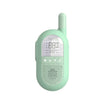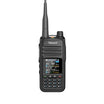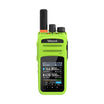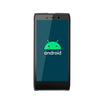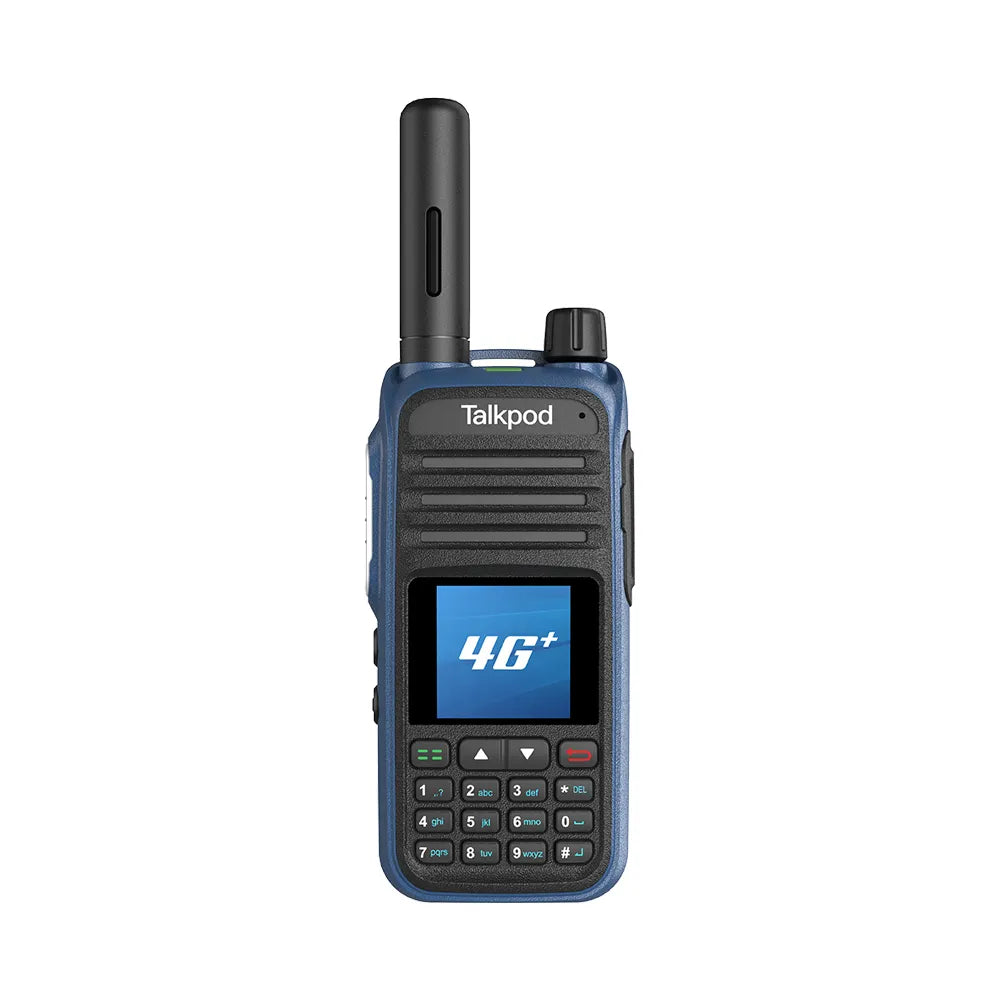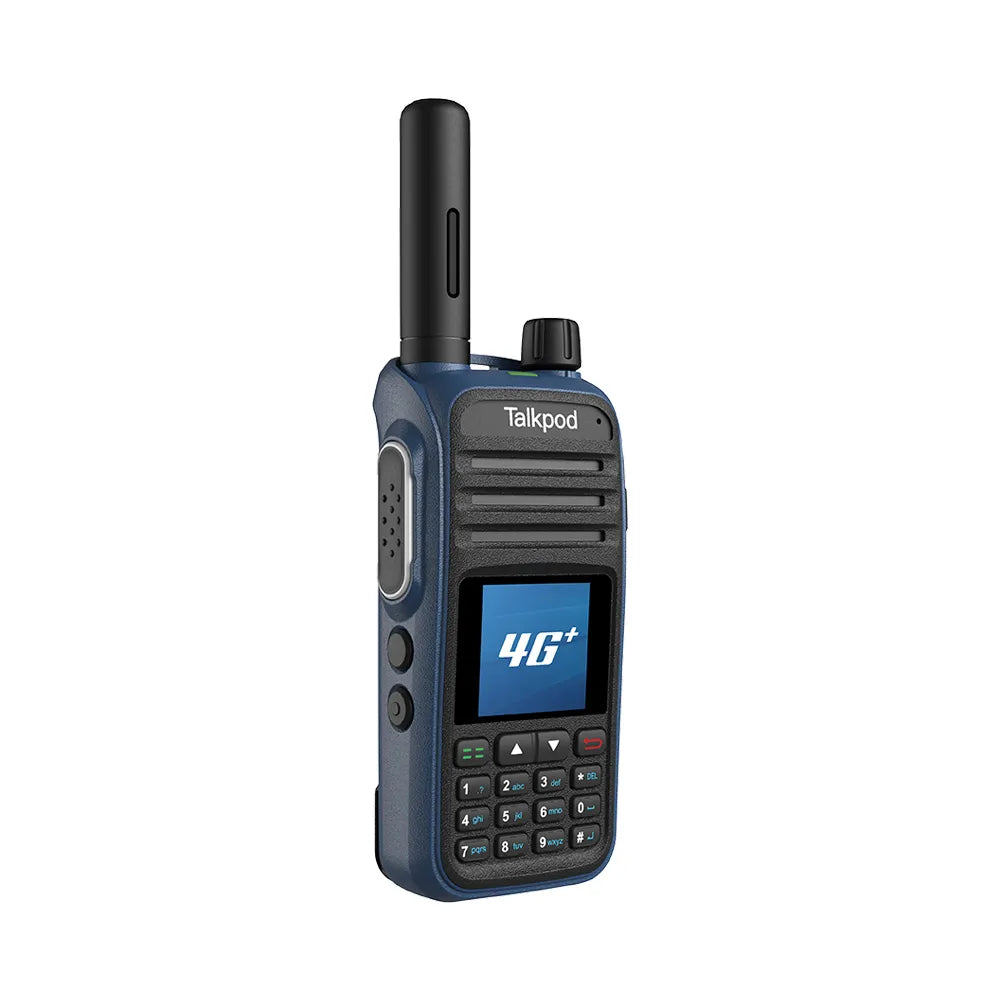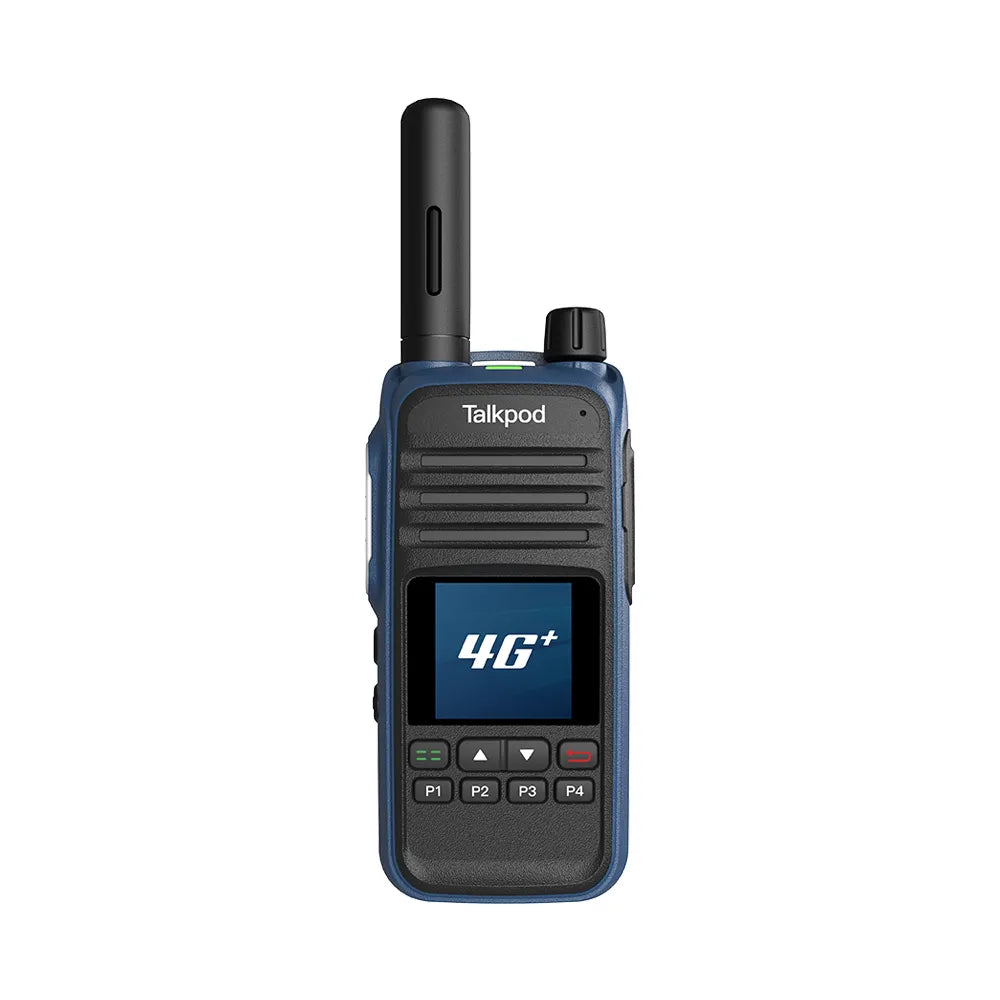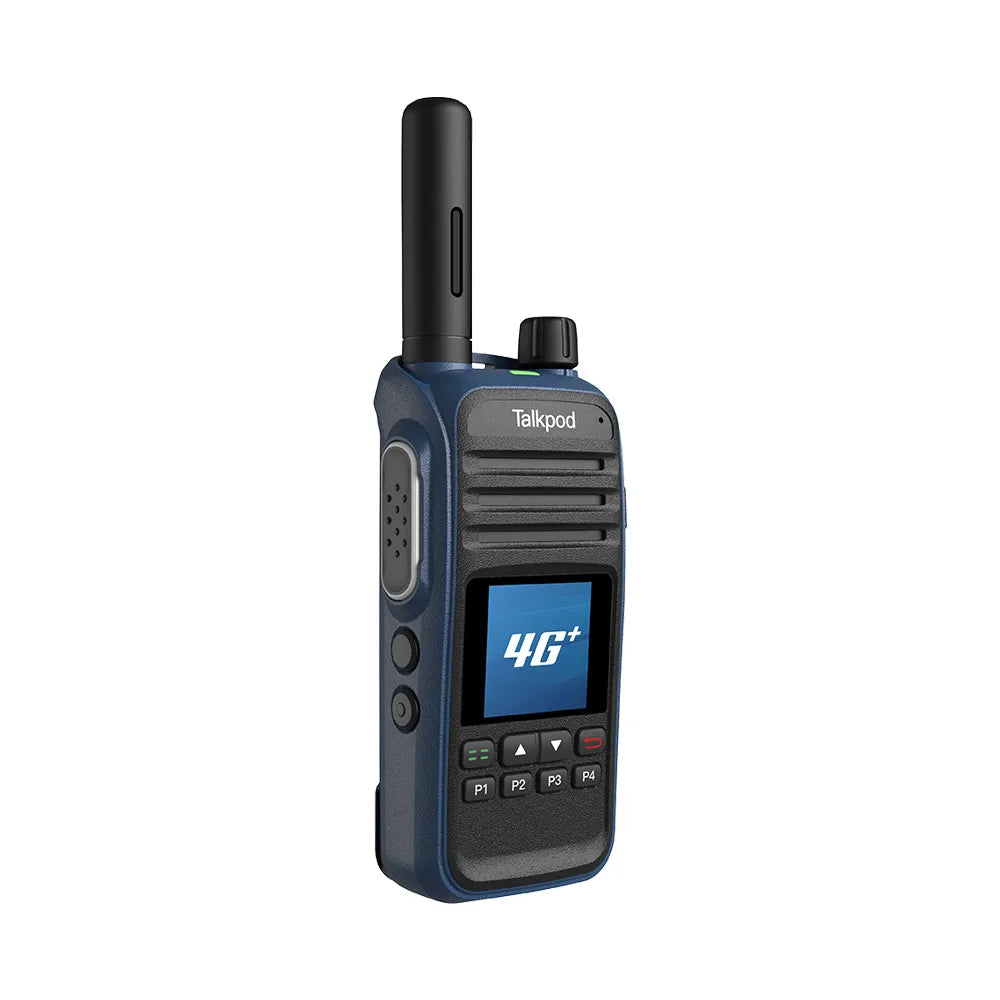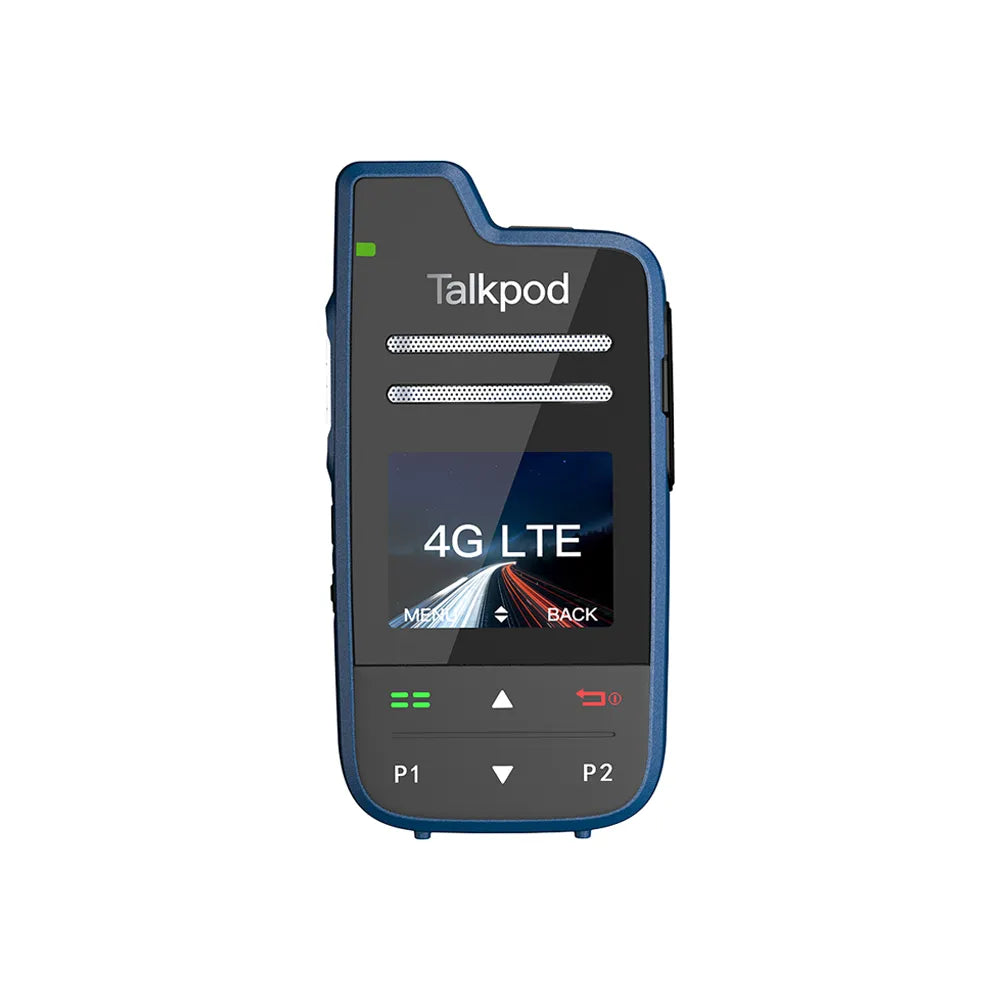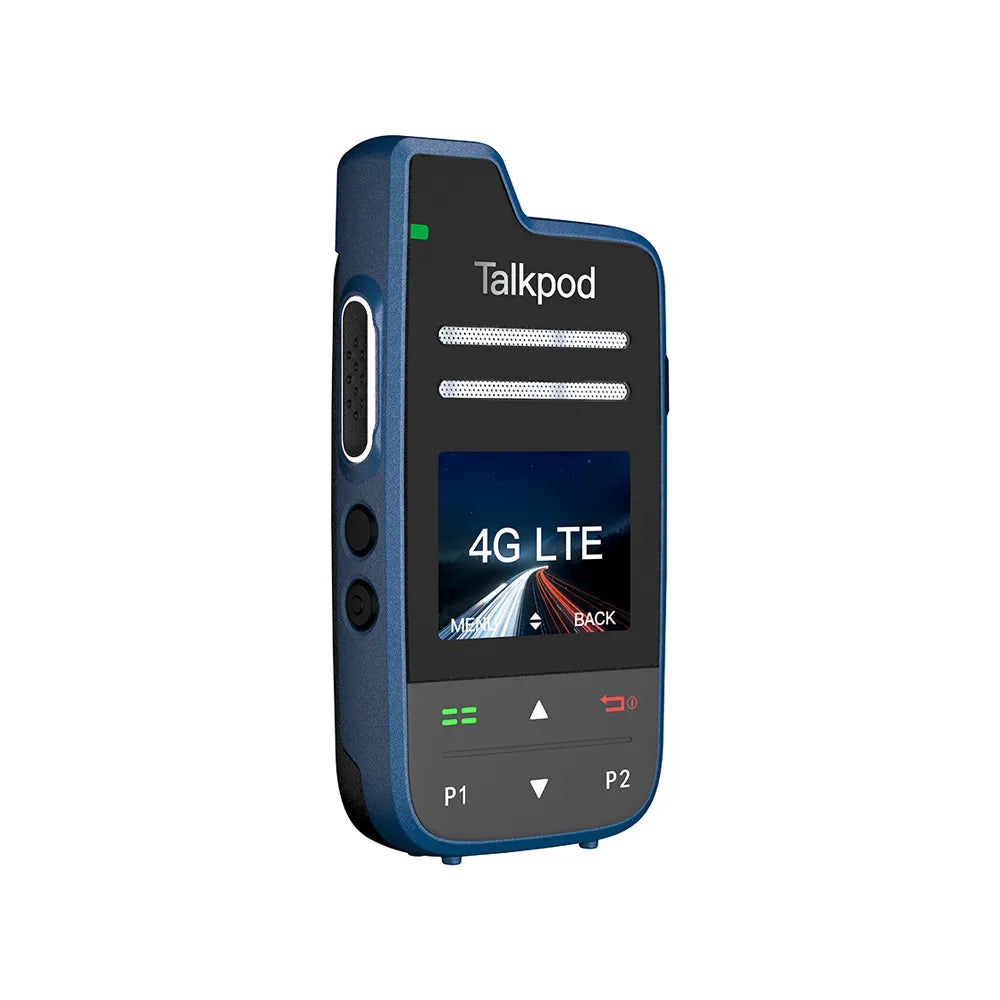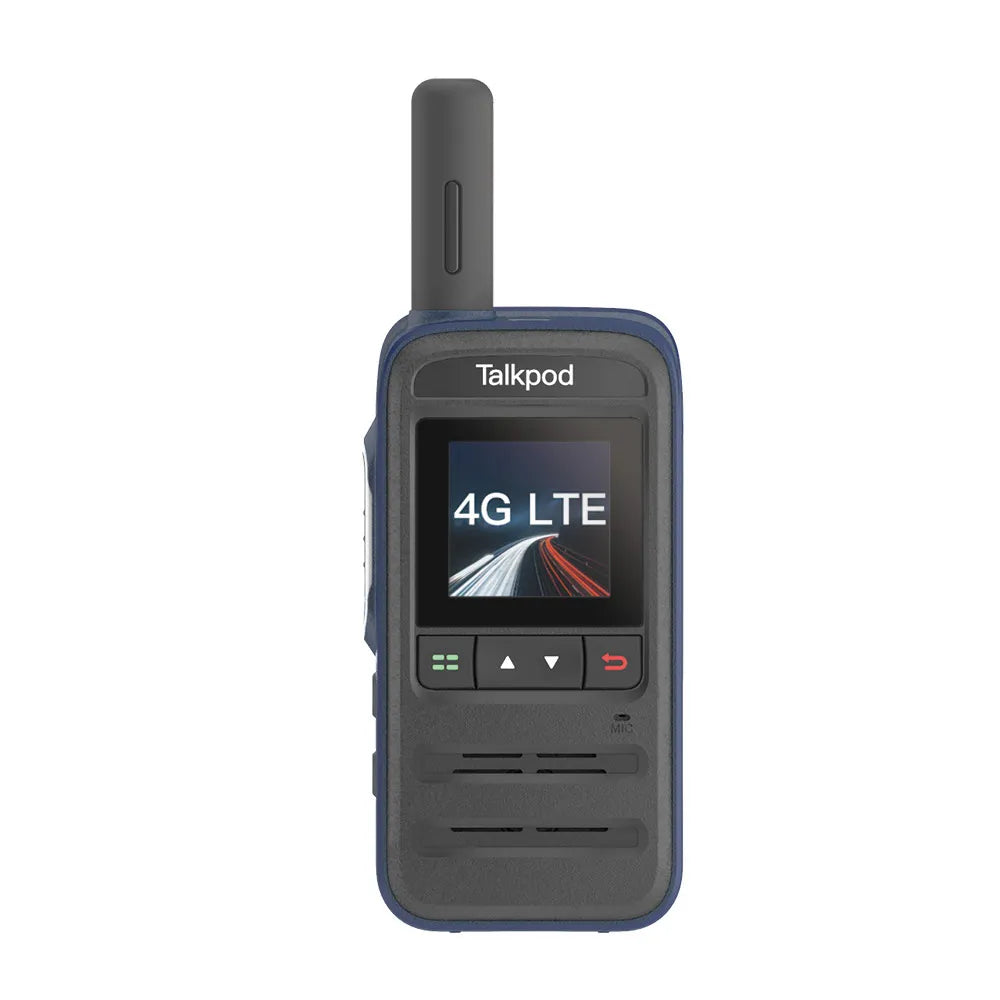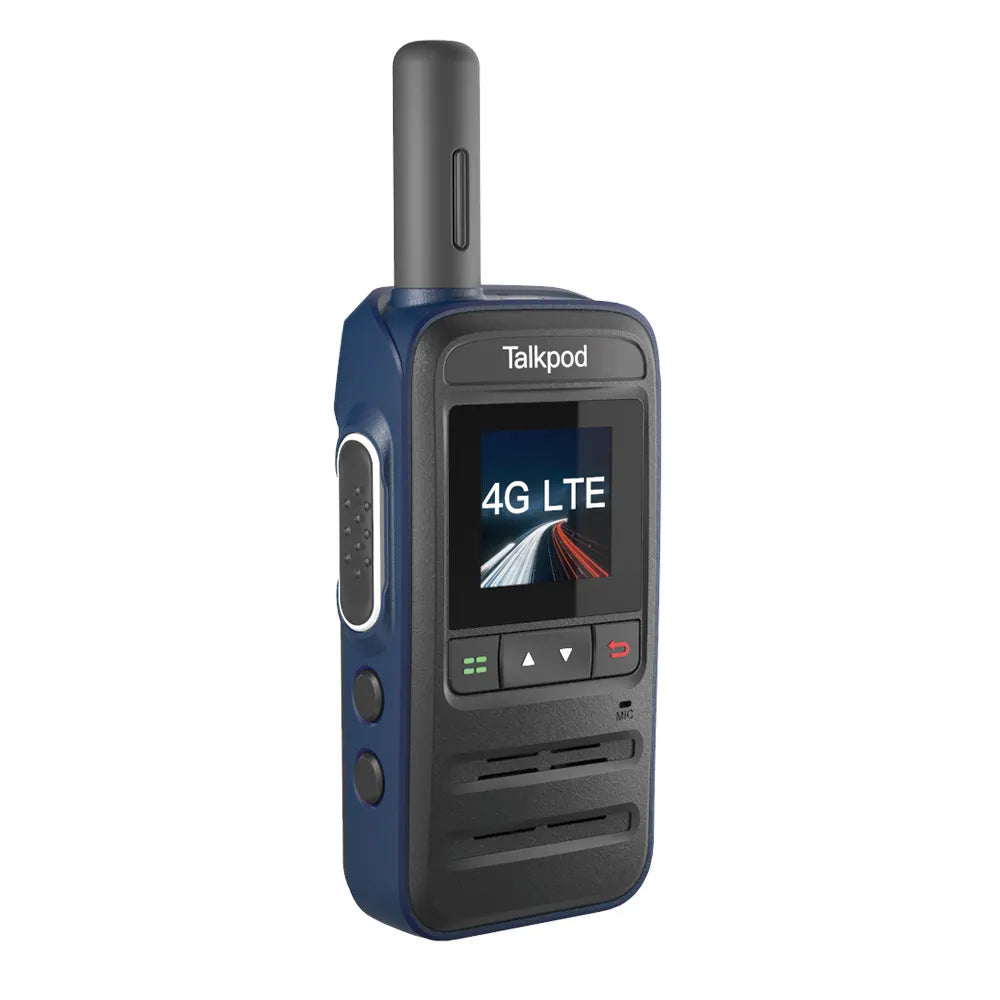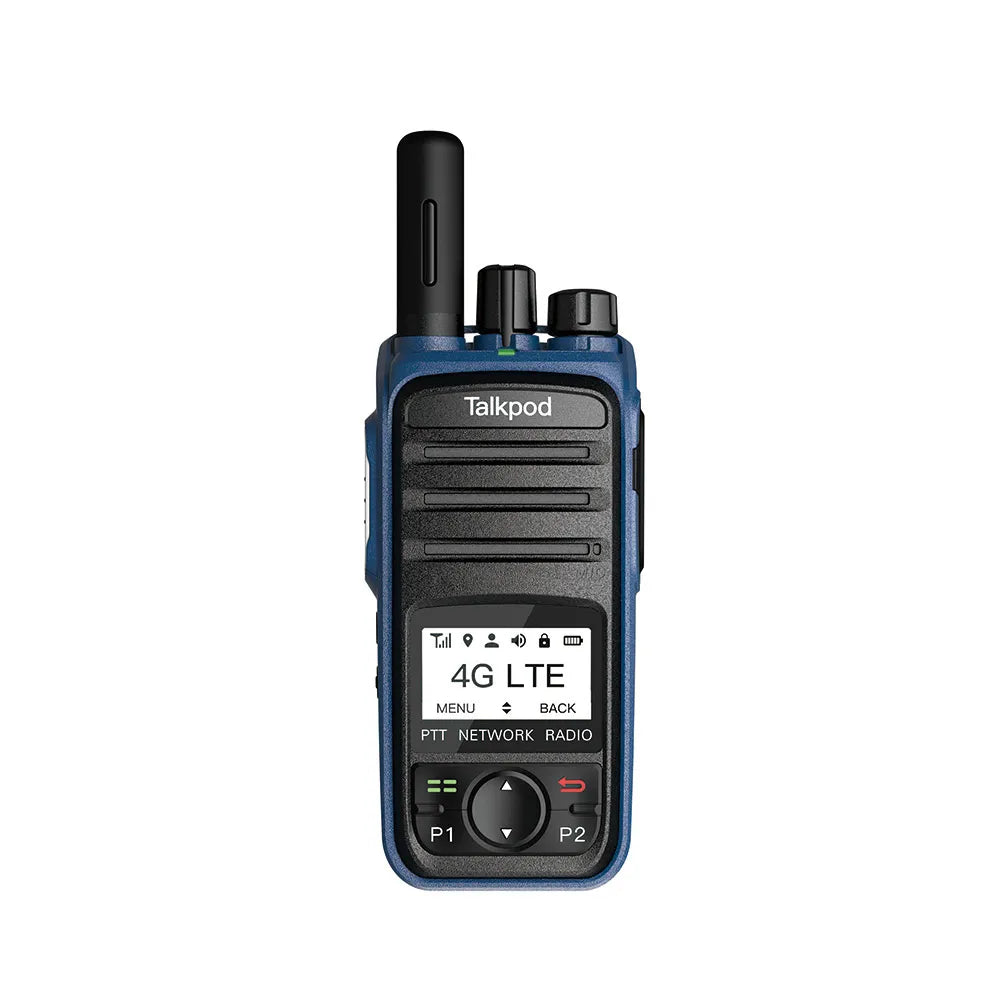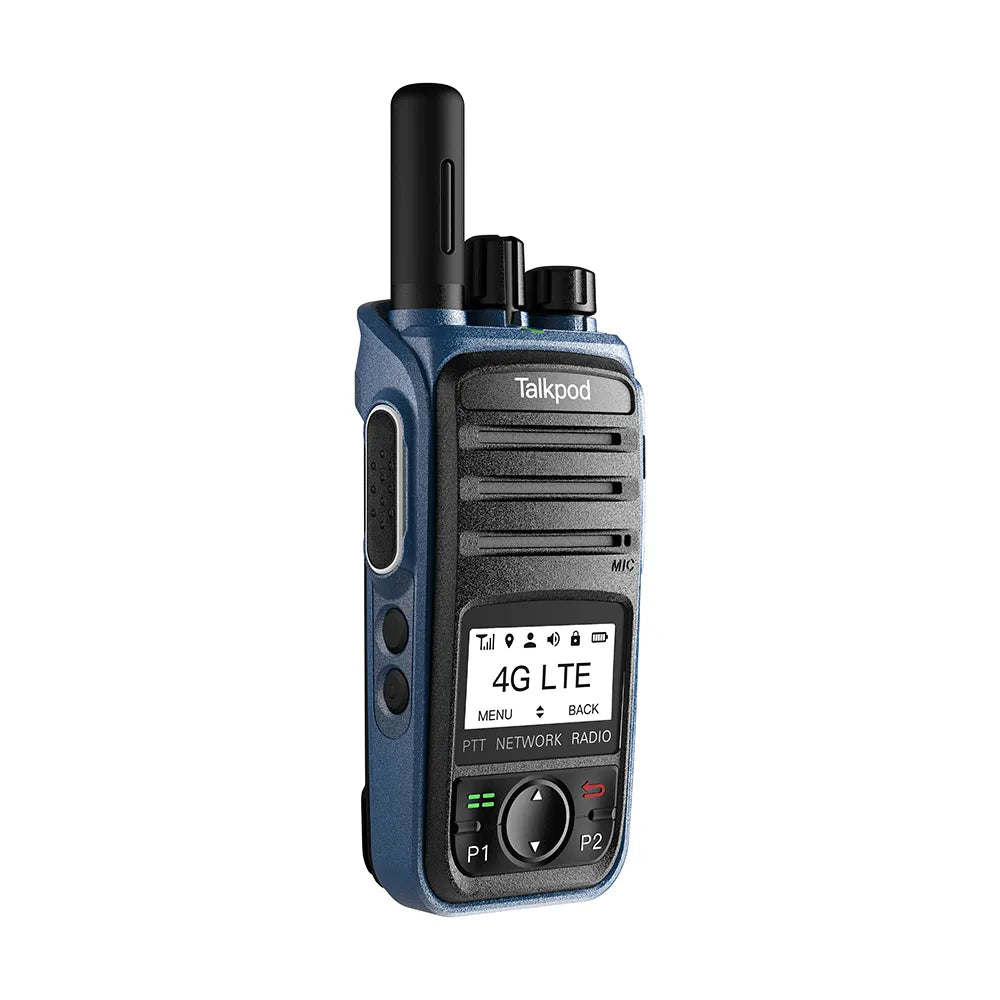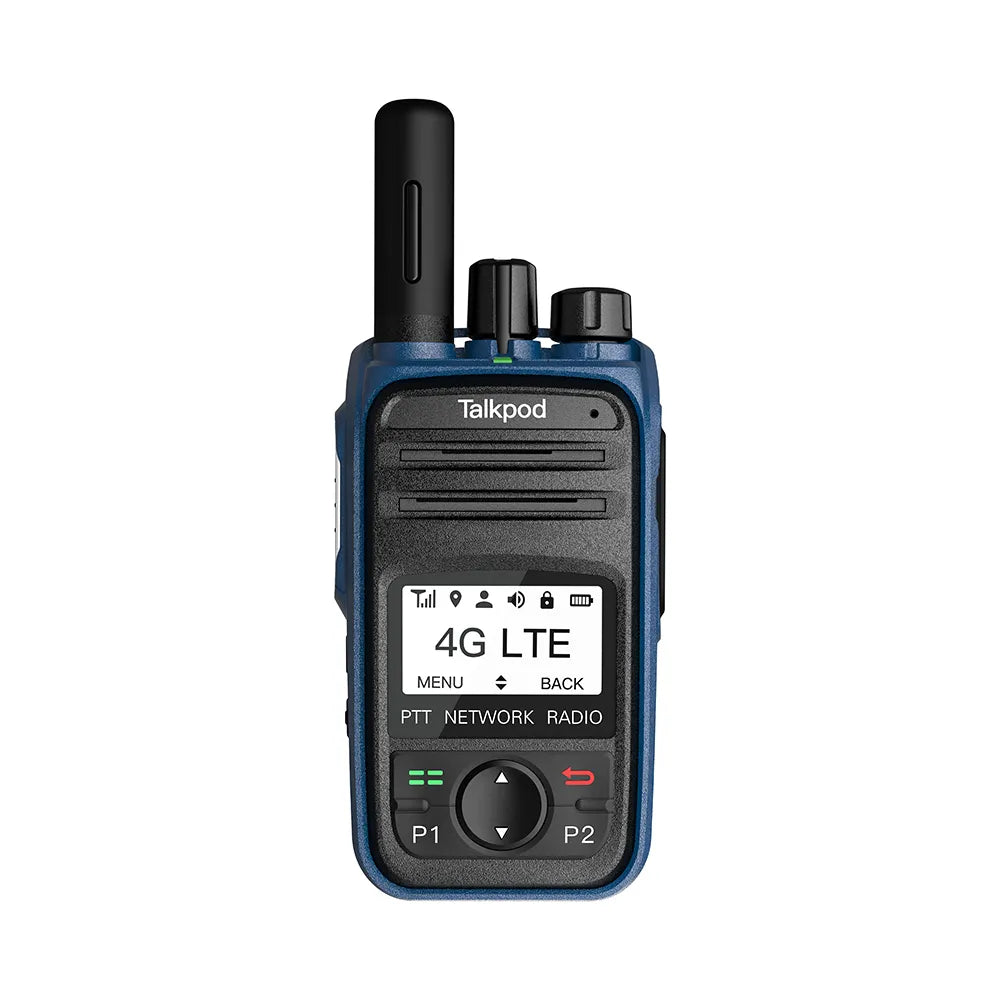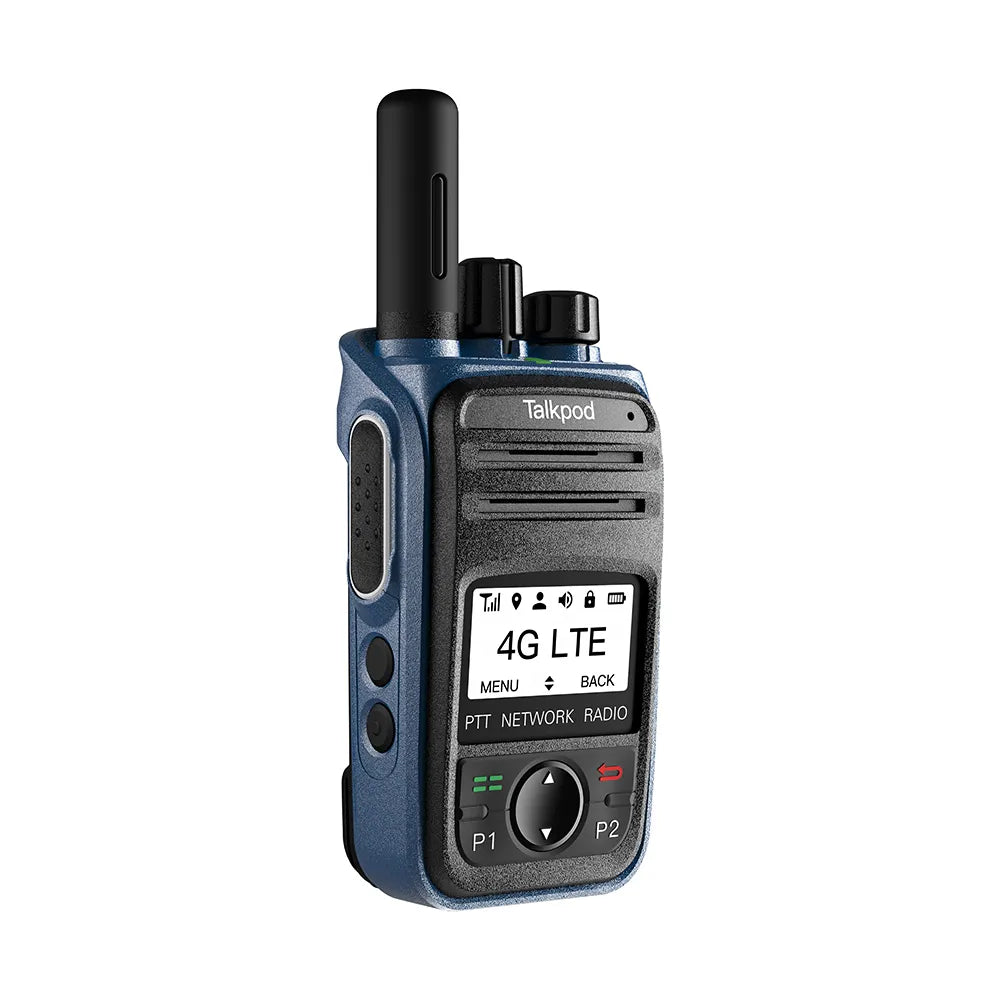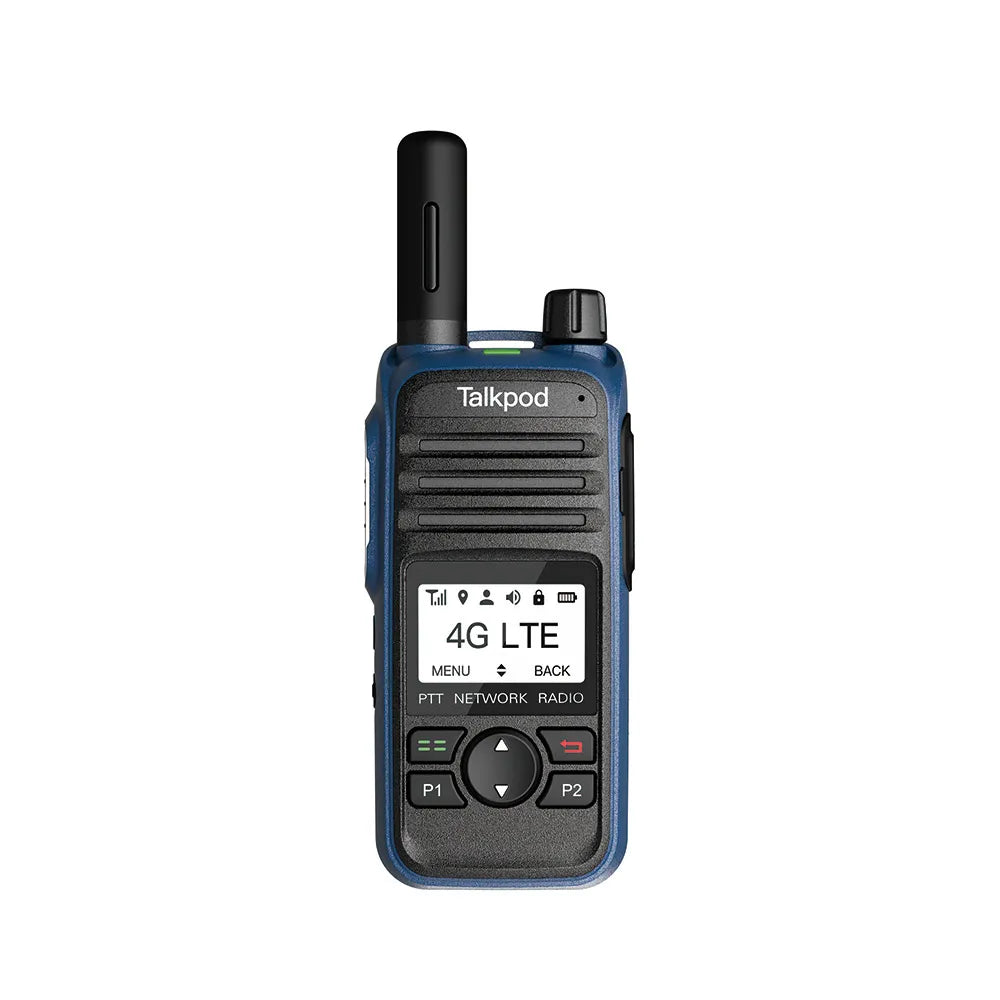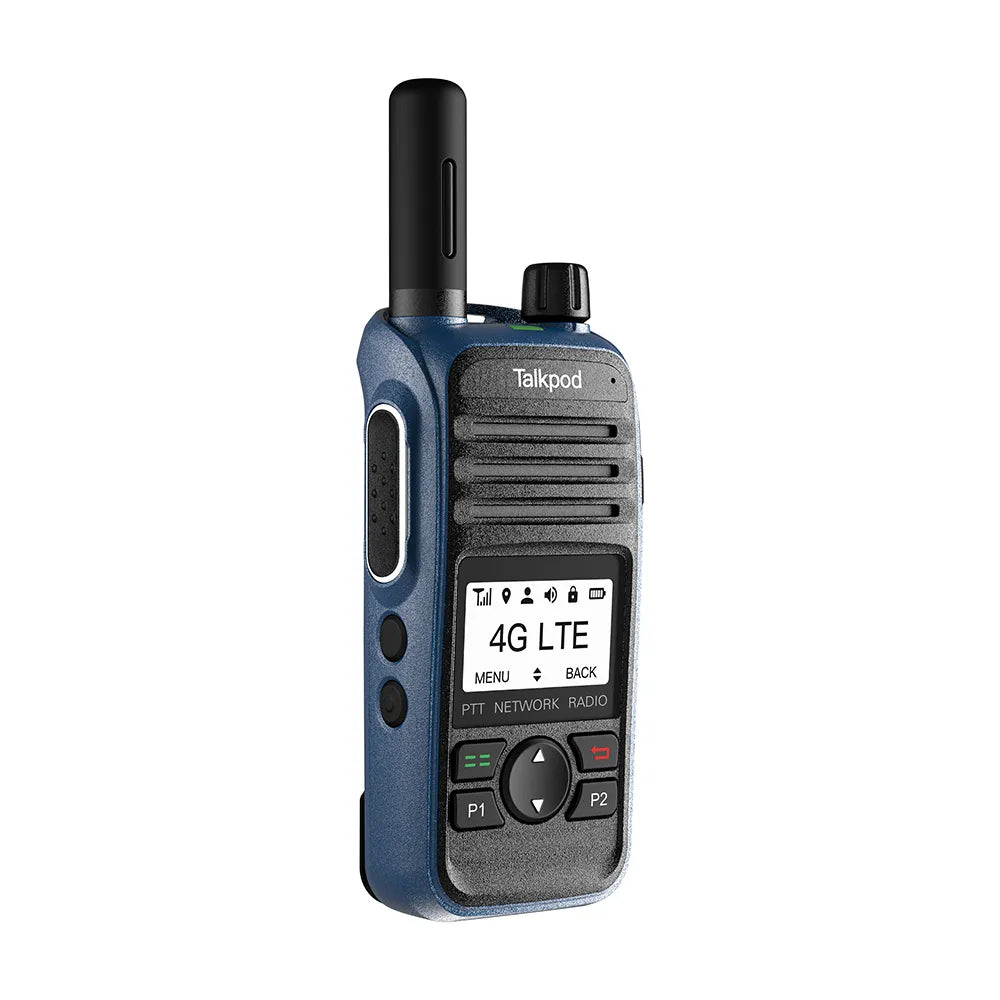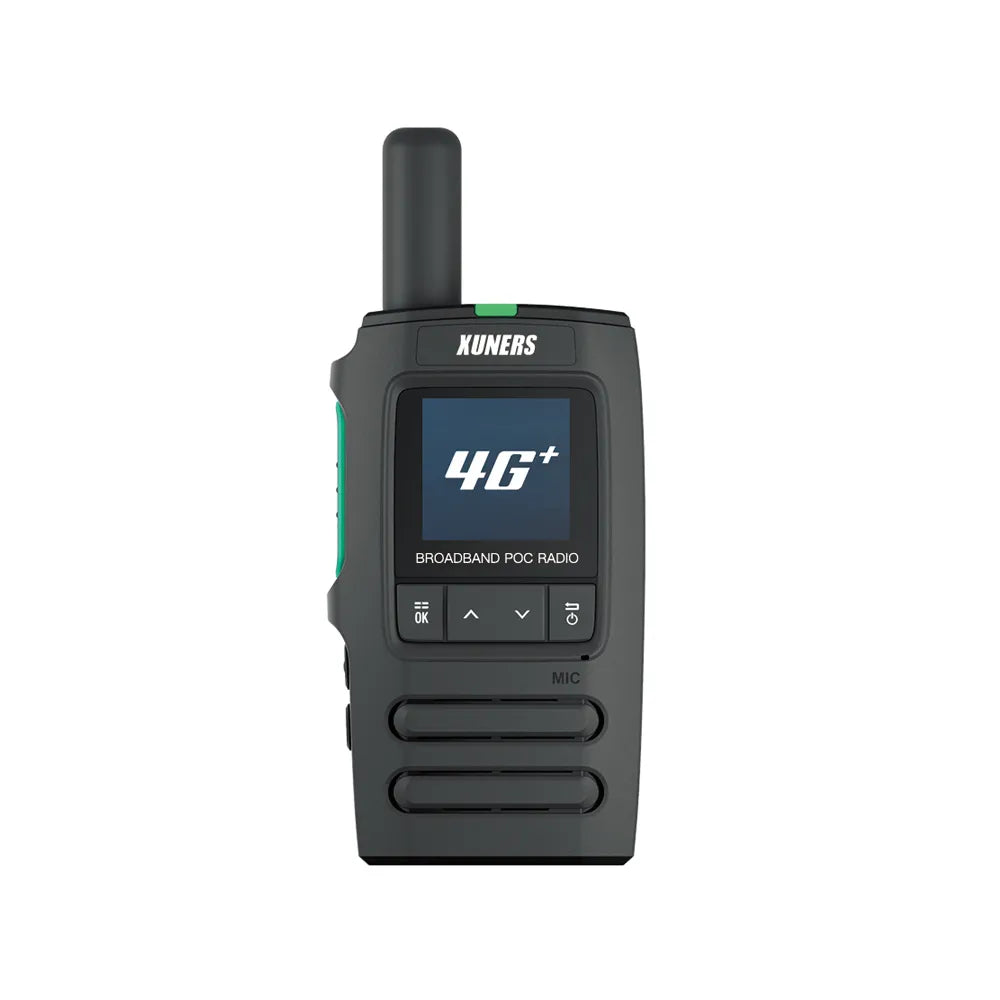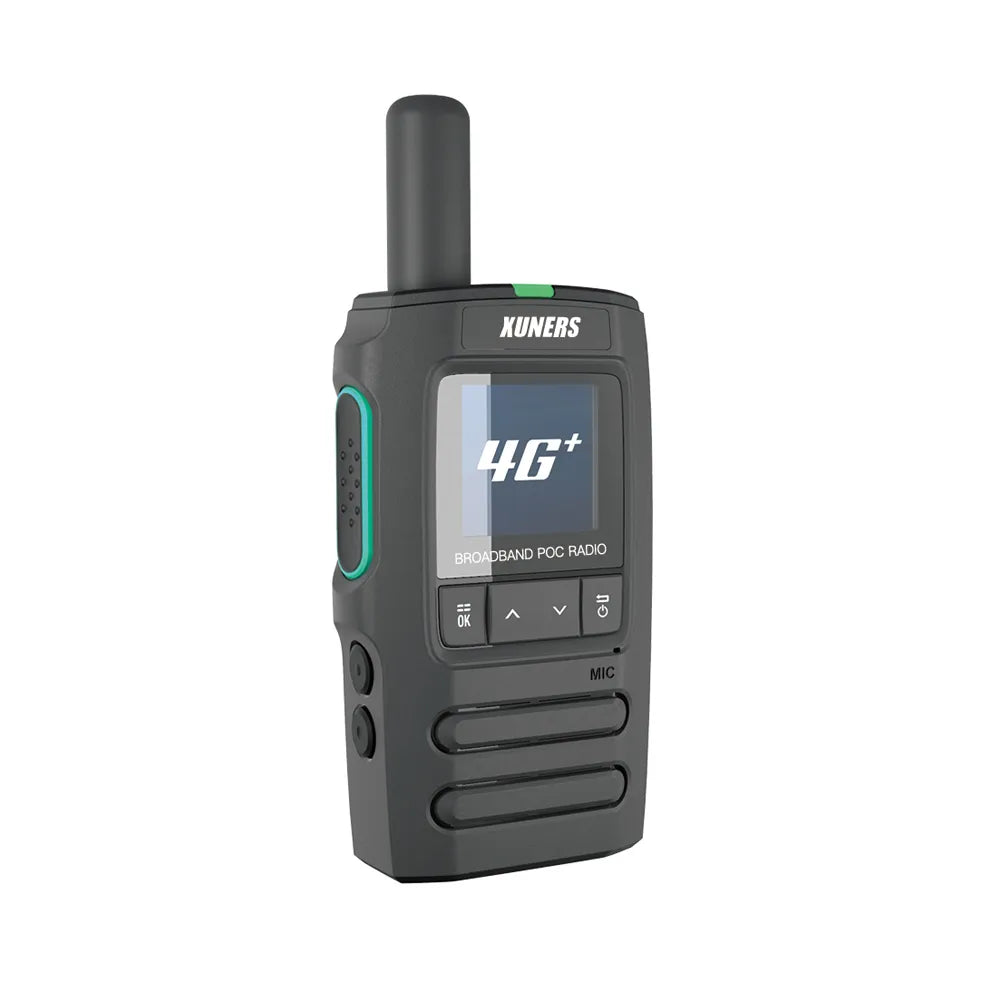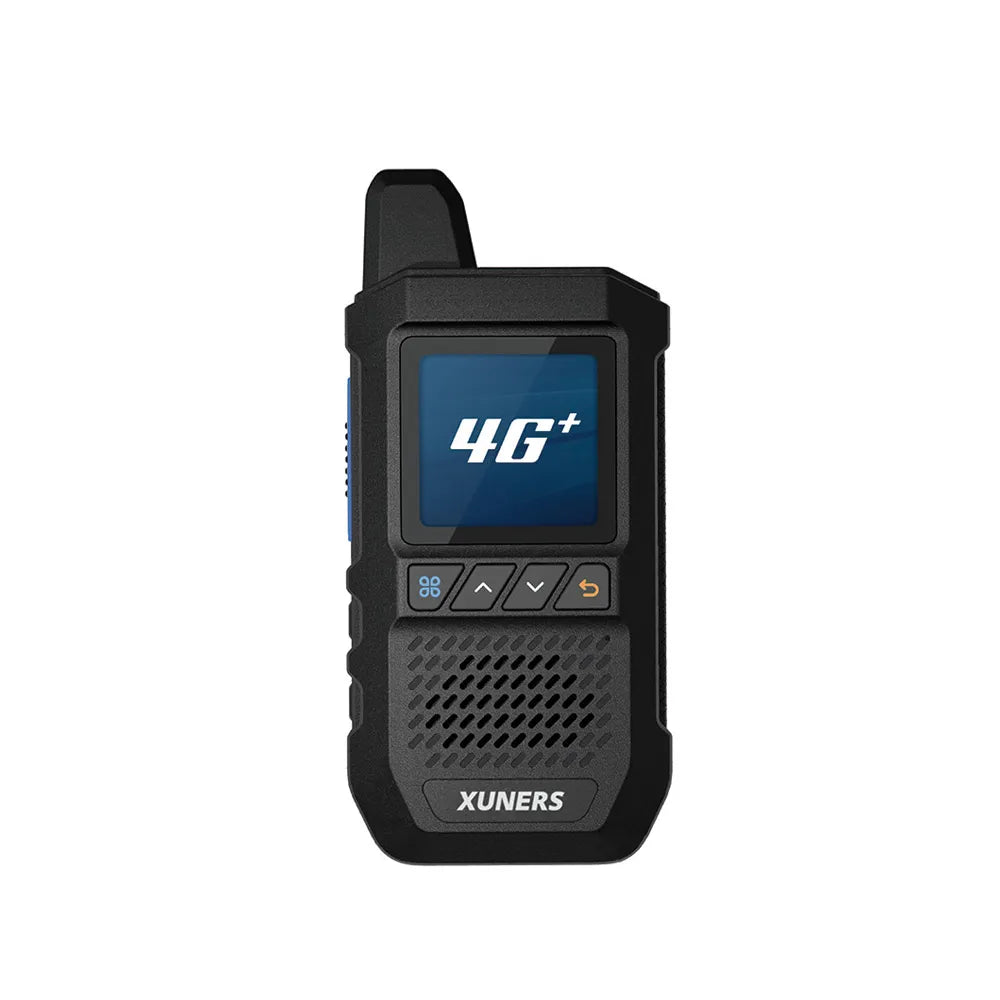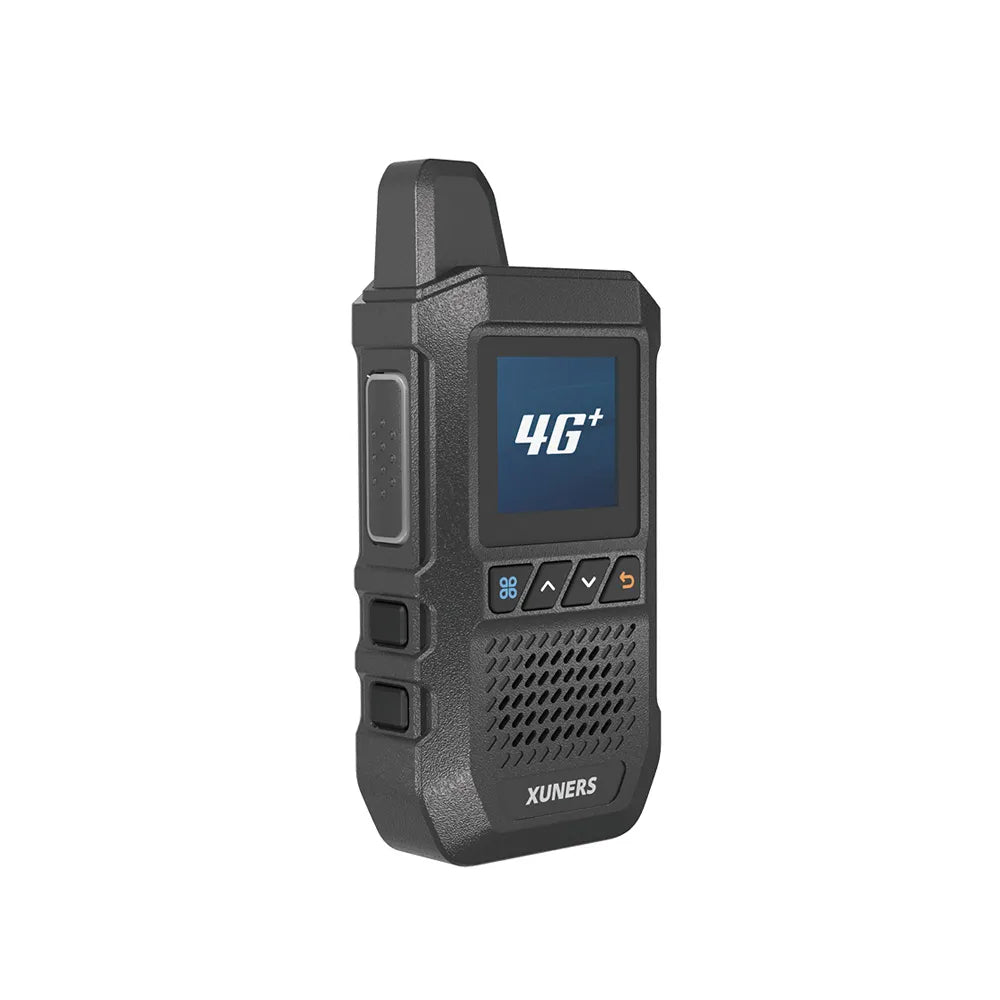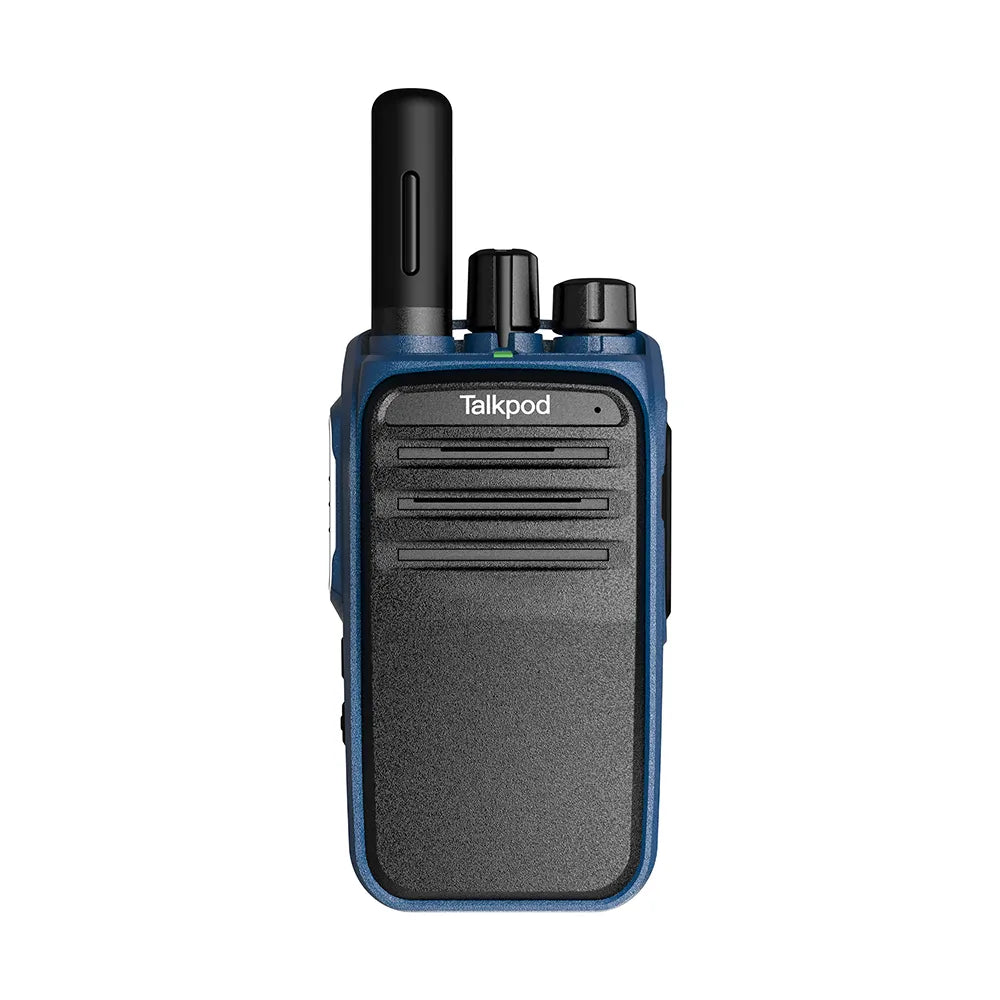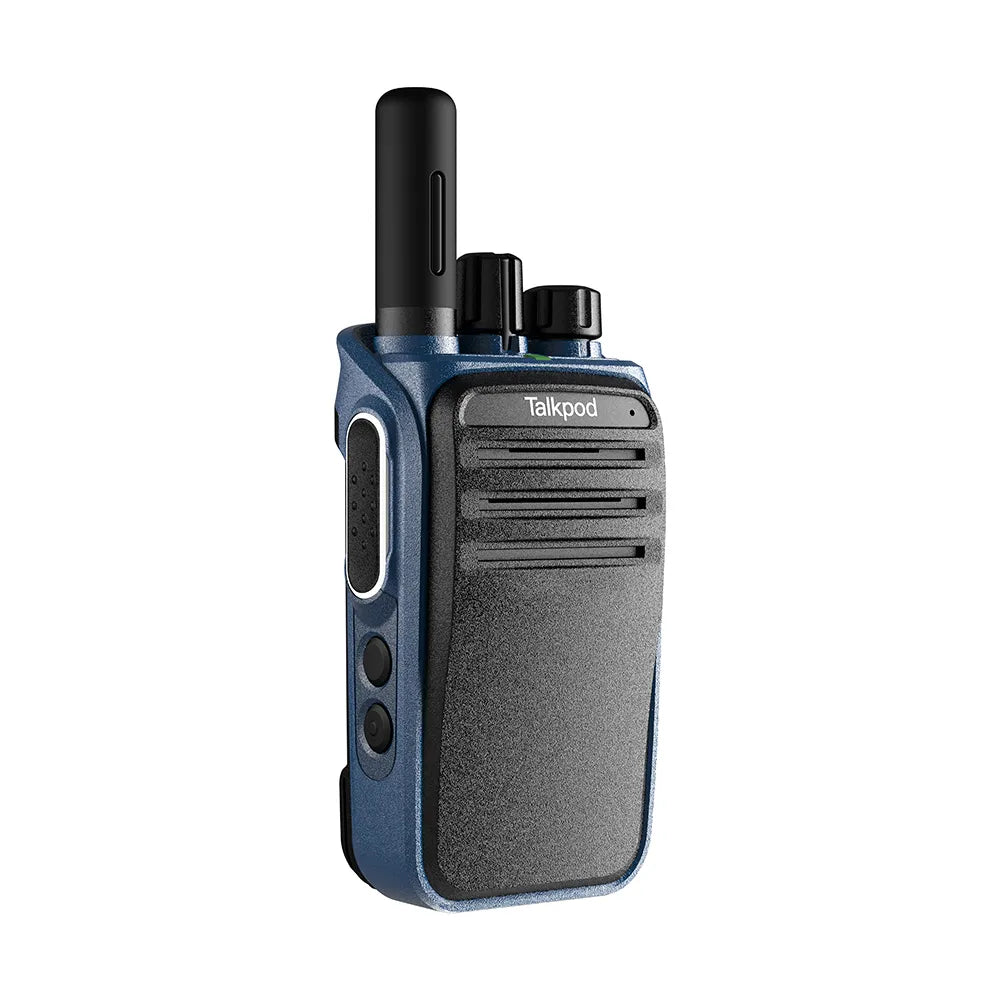How PoC Works?
Push-to-Talk over Cellular (PoC) radios leverage cellular and Wi-Fi networks to facilitate instant voice communication, operating similarly to traditional two-way radios but over the Internet Protocol (IP) network. This modern communication method uses a data plan SIM card, akin to those found in smartphones, to connect PoC devices via 4G/LTE cellular infrastructures provided by operators such as AT&T, T-Mobile, and Verizon, as well as through Wi-Fi networks. When a user presses the PTT button on a PoC device, the device sends a signal through these networks to a cloud-based PoC server, which then routes this signal to the intended recipient's device, enabling real-time voice transmission.
PoC systems integrate with Radio over IP (RoIP) technology, enabling not just voice but also video calling through cloud services accessed over the internet. These devices, often running on Android operating systems, use dedicated applications to provide user-friendly access to PoC services. The infrastructure behind PoC includes network appliances known as PoC controllers, which may be hosted in the cloud by a service provider or owned privately. These controllers, together with gateway routers, ensure seamless connectivity between cellular networks and the internet, facilitating wide-area communication without the need for traditional radio infrastructure, thus reducing maintenance and operational costs. This comprehensive approach combines the reliability of existing network technologies with the flexibility and scalability of internet-based communication, encapsulating the essence of how PoC works.
Is all PoC equipment compatible?
Not all Push-to-Talk over Cellular (PoC) equipment is compatible. Compatibility among PoC devices and systems depends on several factors:
Network Compatibility: PoC devices require cellular or Wi-Fi networks to operate. They must be compatible with the network's technology, such as 4G/LTE or 5G, and with specific carriers like AT&T, Verizon, or T-Mobile, depending on the region and service provider.
Software and Platform: PoC devices run on different platforms and operating systems, most commonly Android. The PoC application used for communication needs to be supported by the device's operating system. Additionally, the PoC service provider's platform must support the device.
Standards and Protocols: While there are efforts to standardize PoC communication (for example, through the 3rd Generation Partnership Project (3GPP)), not all manufacturers adhere strictly to these standards. This can result in compatibility issues between devices from different manufacturers or different service providers.
Hardware Specifications: Features such as battery life, durability, and audio quality can vary between devices and may affect compatibility in a broader system, especially if a certain level of performance is required.
Regional Availability: Certain PoC devices and services are only available in specific regions due to licensing, network availability, or regional standards.
For these reasons, when implementing a PoC solution, it is essential to ensure that all components of the system – from the devices to the network service and the PoC platform – are compatible with each other to ensure seamless communication.
Do I need a licence for PoC equipment?
Generally, you do not need a specific license to operate Push-to-Talk over Cellular (PoC) equipment because PoC systems use cellular networks and Wi-Fi, which are regulated under the mobile network operators' existing licenses. This is a significant difference from traditional two-way radio systems, which often require specific radio spectrum licenses.
However, while you typically don't need a spectrum license for the devices themselves, there are a few considerations:
Service Subscription: Although you don't need a radio license, you will need a subscription to a PoC service provided by a mobile network or a specialized PoC service provider. This service usually comes with a monthly fee.
Regulatory Compliance: Ensure that any PoC equipment you use complies with local telecommunications regulations, as well as standards for internet and data security, especially if you're using the devices in sensitive or regulated environments.
Data Protection and Privacy: Depending on your jurisdiction, there may be regulations regarding the storage and transmission of data, especially personally identifiable information or sensitive business information. While this is not a "license" in the traditional sense, compliance with these regulations is mandatory.
International Use: If you plan to use PoC devices across different countries, you should be aware of the telecommunications regulations in each country. Some countries might have specific requirements or restrictions for using cellular devices or services.
In summary, while you typically do not need a specific license to operate PoC equipment, you should ensure that your use of PoC technology complies with all relevant subscriptions, regulations, and data protection laws. It's always a good idea to consult with legal or regulatory experts in your area to ensure full compliance.
What is the range of PoC?
The range of Push-to-Talk over Cellular (PoC) is one of its most significant advantages over traditional two-way radio systems. PoC doesn't have a fixed range in the same way that traditional radios do; instead, its range is as extensive as the cellular or Wi-Fi networks it utilizes.
Cellular Network Coverage: If the PoC device is using cellular networks (like 4G/LTE or 5G), then its range is essentially the coverage area of the network. This can include vast areas, such as entire cities, countries, and even international coverage, depending on the cellular provider and roaming agreements. As long as the device can connect to the cellular network, it can communicate with other PoC devices.
Wi-Fi Connectivity: When connected to Wi-Fi, PoC devices can communicate wherever there is Wi-Fi coverage. This is typically more limited than cellular coverage, confined to specific areas like buildings, campuses, or public Wi-Fi networks.
The extensive range provided by cellular networks allows PoC to offer nationwide, and potentially international, communication capabilities, far surpassing the range limitations of conventional radios, which are restricted by the reach of their radio frequencies and require repeaters to extend their range. This makes PoC an effective solution for organizations and individuals who need to maintain communication over large areas without investing in expensive radio infrastructure.
What Key Features of PoC has?
High-Definition Display: Quality PoC devices offer high-definition displays for clear, crisp visuals, enhancing user interaction and ensuring smooth operation without delays, facilitating efficient navigation and readability under various lighting conditions.
Android Operating System: Equipped with the Android operating system, PoC radios provide a modern, user-friendly interface, allowing access to a vast array of applications and services, thereby enhancing functionality and user experience.
One-Click SOS: For enhanced safety and emergency responsiveness, PoC radios feature a one-click SOS button, enabling users to quickly send out an alert in critical situations, streamlining the process for rapid assistance.
LTE and 4G Connectivity: With LTE and 4G server deployment, PoC radios ensure high-speed, distortion-free connectivity, providing reliable communication channels even in areas with challenging network conditions.
Long-Lasting Battery Life: A robust PoC device comes with a long-lasting battery, typically ranging from 4000mAh and above, ensuring extended use and reliability through long operational hours without the need for frequent recharging.
Wi-Fi Capability: To augment connectivity options, PoC radios incorporate Wi-Fi functionality, allowing seamless communication over wireless networks and ensuring constant connectivity even in the absence of cellular signals.
Multimedia Communication: PoC technology supports versatile communication modes, including voice, video, and text messaging, offering users flexibility in how they connect and interact with colleagues and teams.
Which Users Are Most Suited for PoC Radios?
PoC (Push-to-Talk over Cellular) radios are highly suited for users in sectors where quick, efficient, and reliable communication is vital. These include:
Transportation and Logistics: Employees in this sector, including drivers, dispatchers, and logistics managers, benefit from PoC radios for real-time communication to manage routes, schedules, and delivery updates effectively.
Public Safety: Police officers, firefighters, and emergency medical services (EMS) personnel rely on PoC radios for instant, secure, and clear communication during emergency response and coordination.
Property Management: Maintenance teams, security personnel, and property managers use PoC radios to coordinate tasks, report issues, and ensure the smooth operation of facilities.
Municipal Services: City workers, from sanitation to public works departments, leverage PoC radios to stay connected across different locations, enhancing efficiency and public service delivery.
Construction and Engineering: On-site workers, project managers, and engineers utilize PoC radios to coordinate large-scale projects, manage teams, and ensure safety protocols are followed.
Event Management: Organizers, security staff, and service personnel at large events such as concerts, sports games, and conferences use PoC radios to coordinate logistics, security, and customer service.
Hospitality: Staff in hotels, resorts, and entertainment venues use PoC radios for seamless communication between departments, improving guest services and operational efficiency.
Manufacturing: Factory operators, floor managers, and quality control teams communicate instantly using PoC radios to manage production lines, handle inventory, and maintain safety standards.
These users find PoC radios ideal for their needs due to the devices' wide coverage, ease of use, and the ability to integrate with existing communication and management systems, enhancing both speed and security of communication.
Benefits of PoC Technology
The emergence of Push-to-Talk over Cellular (PoC) technology has revolutionized the way organizations and individuals communicate over vast distances. Integrating the convenience of traditional two-way radios with the extensive coverage and advanced capabilities of modern cellular networks, PoC offers numerous advantages.
Extended Coverage
Unlike traditional radios that are limited by range and geographical constraints, PoC technology leverages cellular network infrastructure, enabling seamless communication across cities, countries, and even continents. This global reach ensures that teams can stay connected, regardless of their physical location.
Cost Efficiency
PoC systems eliminate the need for costly radio infrastructure such as repeaters and antennas. By utilizing existing cellular networks, organizations can significantly reduce their communication expenses. The initial investment and ongoing costs are typically lower compared to traditional radio systems, making PoC an economical choice for businesses of all sizes.
Seamless Integration
PoC technology can be easily integrated with existing communication systems, including phone networks and computer-based applications. This interoperability enhances operational efficiency by allowing users to communicate across different platforms without the need for multiple devices or complex configurations.
Advanced Communication Features
PoC offers a suite of advanced features that go beyond voice communication. Users can benefit from real-time GPS tracking, text messaging, group calls, and emergency alerts, thereby enhancing situational awareness and organizational coordination.
High-Quality Audio
PoC radios are equipped with superior audio technology, ensuring clear and reliable communication even in noisy environments. The integration of noise-cancellation features guarantees that messages are transmitted and received without loss of clarity.
Immediate and Secure Communication
With the push-to-talk feature, users can establish instant communication with individuals or groups at the touch of a button. Moreover, PoC communications are secured with high-standard encryption, protecting sensitive information from unauthorized access and ensuring privacy.
Enhanced Scalability
One of the hallmark advantages of PoC technology lies in its scalability. Businesses can seamlessly scale their communication networks to accommodate growth, from small teams to large-scale enterprises, ensuring that the communication infrastructure evolves alongside the business.
User-Friendly Interfaces
PoC platforms boast intuitive user interfaces that require minimal training, enabling teams to hit the ground running. This user-friendly design ensures a smooth adoption curve and enhances overall user satisfaction.
Robust Environmental Adaptability
Designed for resilience, PoC devices thrive in diverse environments, enduring extreme weather and rugged conditions. This durability makes them an ideal choice for field operations, ensuring reliable communication no matter the location.
International Roaming Capabilities
For businesses operating on a global scale, PoC offers international roaming support, allowing seamless communication across borders. This feature is invaluable for multinational teams, ensuring constant connectivity worldwide.
Comprehensive Data Integration
Beyond voice communication, PoC supports a wide array of data services, including file sharing, video streaming, and instant messaging. This integration provides a holistic communication solution, streamlining workflows and enhancing efficiency.
Eco-Friendly Solution
By leveraging existing mobile network infrastructures, PoC minimizes the need for additional hardware, reducing environmental impact and aligning with green business practices.
Explore PoC Solutions from Talkpod
Empower your workforce with our cutting-edge Push-to-Talk over Cellular (PoC) devices, combining sleek design with rugged durability. Experience unparalleled connectivity with our industry-leading PoC applications, ensuring your team stays connected wherever they are.
Our PoC devices are engineered to exceed expectations, boasting superior coverage, extended battery life, and immediate communication capabilities. This allows your team to coordinate seamlessly, enhance productivity, and deliver exceptional service to your clients.
Portables
Connect your entire operation with Talkpod PoC portable radios.
Mobiles
Keep your teams connected with Talkpod mobile PoC radios.
Linkpoon
A stable, open and integrated smart POC platform.
Talkpod PoC Series
PoC Wiki:
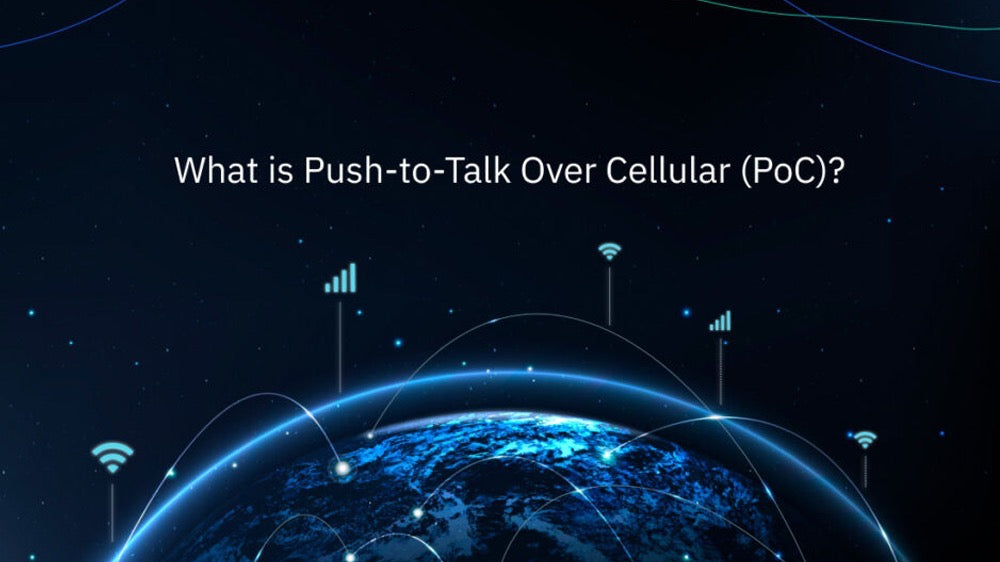
What Is Push-to-Talk over Cellular (PoC)
Understanding Push-to-Talk over Cellular (PoC) Push-to-Talk over Cellular (PoC) is a service that utilizes 4G and LTE networks to provide wide-area group communication. This system lev...
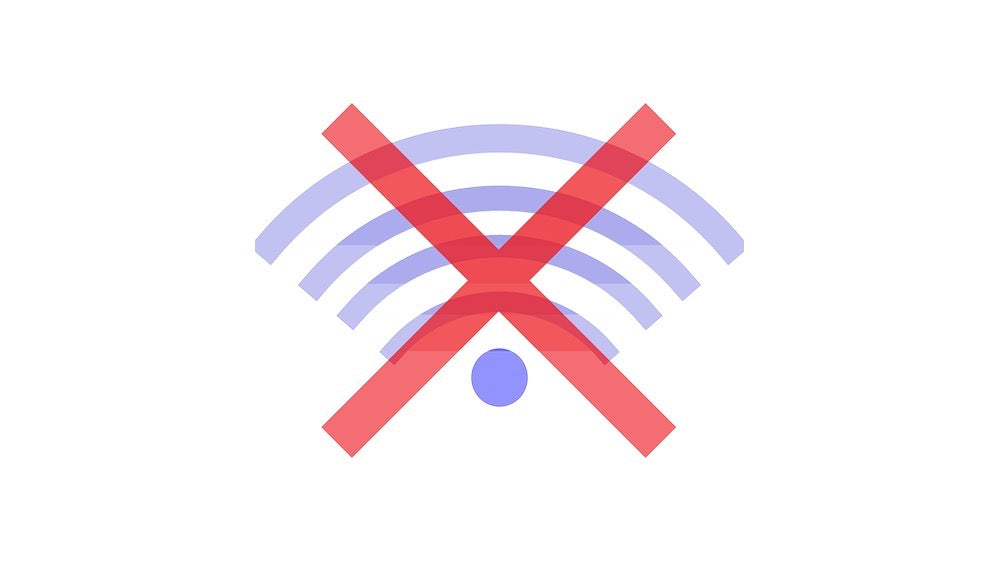
A dead spot, in the context of radio communication, refers to a specific area where the signal from a radio transmitter is weak or non-existent. This phenomenon leads to a significant ...
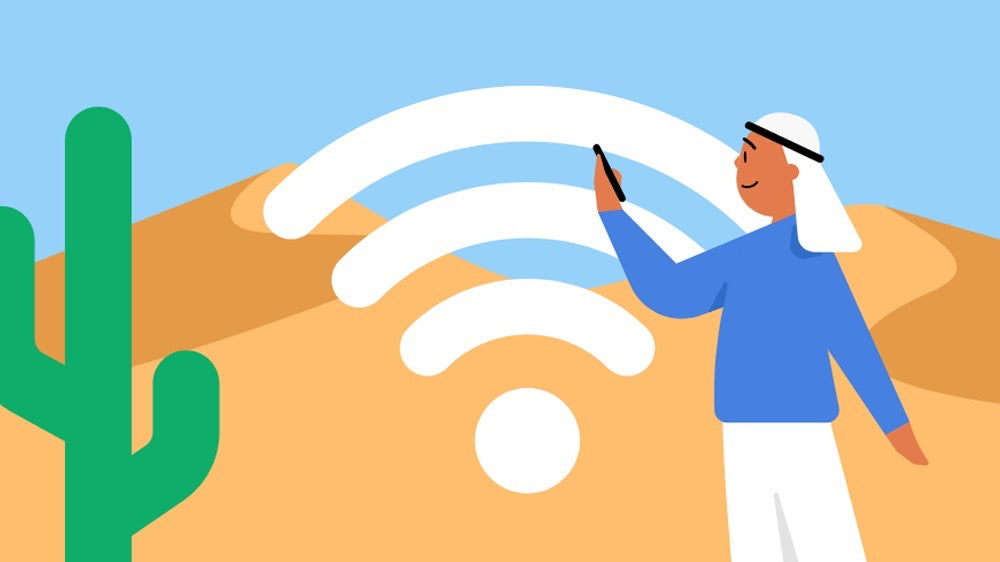
Wi-Fi, short for Wireless Fidelity, revolutionized the way we connect to the internet and each other. It enables devices like laptops, smartphones, and Push-to-Talk over Cellular (PoC)...
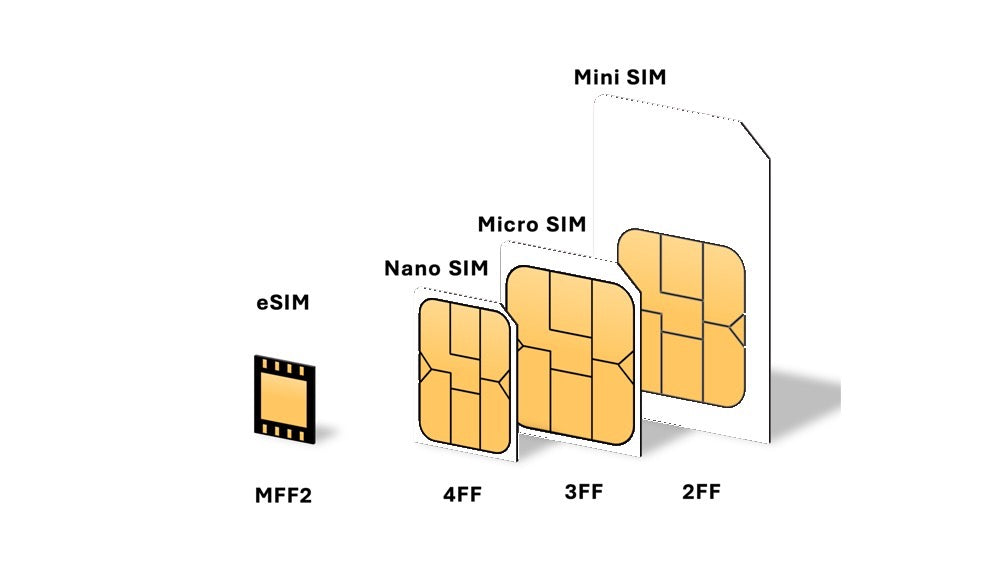
The SIM (Subscriber Identity Module) card, a small yet pivotal component in mobile phones and Push-to-Talk over Cellular (PoC) radios, acts as the cornerstone for network connectivity ...
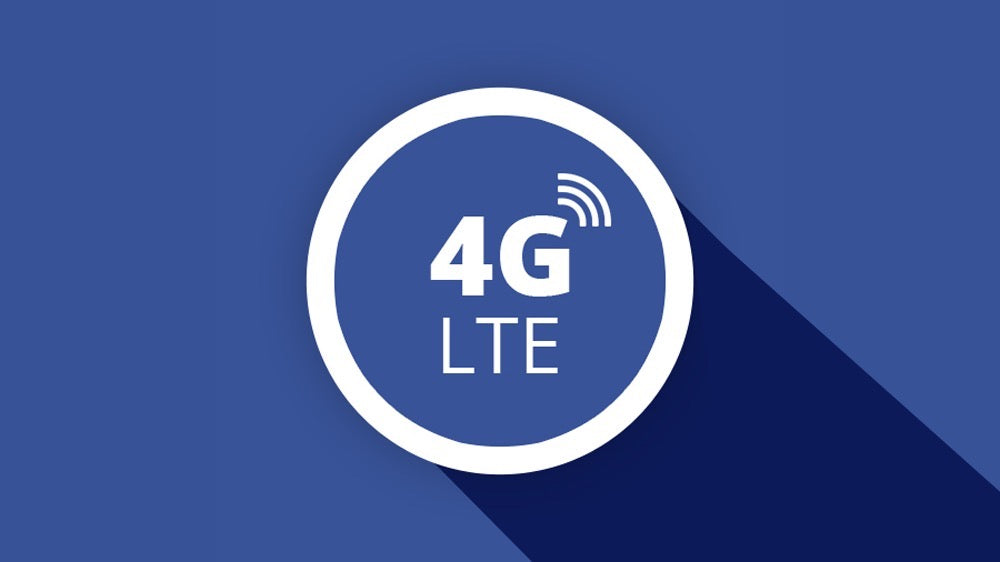
Why Talkpod LTE Two Way Radios are a Great Solution for Running, Cycling and Triathlon Events
Organizing large-scale events requires managing numerous participants and operational facets, necessitating reliable communication across various stakeholders, from marshals and suppor...

How Talkpod LTE/PoC Two Way Radio Can Assist Highway Maintenance
Radio communication has been around since the late 19th century with the advent of Morse code transmissions. The early 20th century saw the development of the first "walkie-talkie" for military us...
Contact Us





